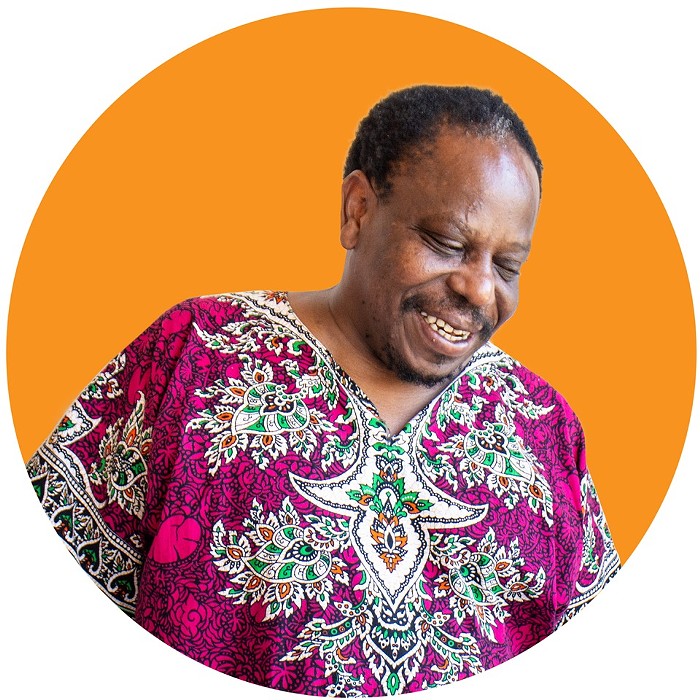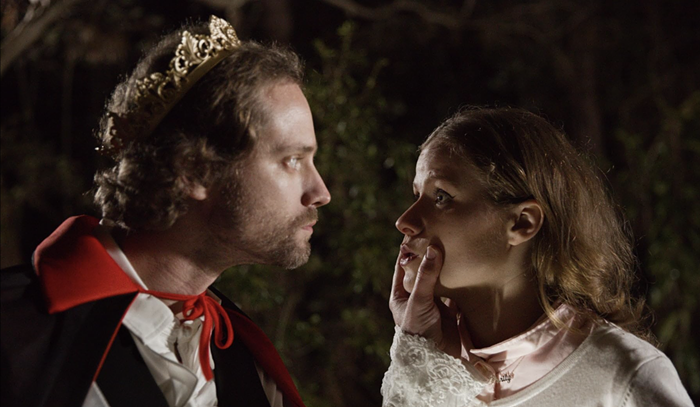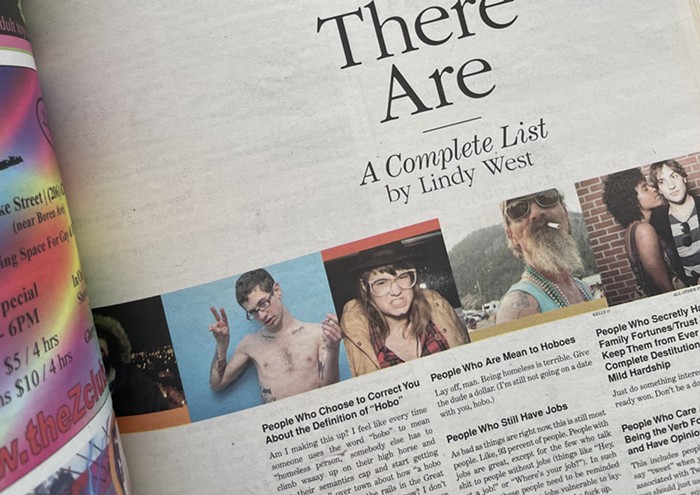The first question we must ask is this: Who is the ideal spectator for Good Hair? A black woman? A black man? A white woman? A white man? Who would get the most out of Good Hair, in the way Slavoj Zizek thought an idiot got the most out of The Matrix? Chris Rock claims he made the documentary for his daughters, who are black. He wanted to explain to them why straight hair (European hair) is called good and kinky hair (African hair) is called bad. But the film is not really for kids or teenagers. The spectator who the film speaks to is clearly an adult. Most of the women and men who are interviewed by Rock are in his age range (30s and up) and cultural generation (1980s to 1990s). Salt-N-Pepa, Ice-T, Eve, Nia Long, Andre Harrell, Al Sharpton, and Tracie Thoms—only a handful of teens will recognize these names. The documentary is not directly speaking to the youth.
Is Good Hair for adult blacks? No. Why? Because blacks are well aware of the insights and facts the film provides. We all know that weaves are bloody expensive; we all know how much time black women spend on their hair. We know that straightening your hair hurts a lot and requires toxic chemicals. We have seen the smoking hot-combs on the stove; we have seen the row of hair products in the bathroom cabinet. We also know that black women prefer straight hair because white hair is straight, and white hair is desirable because it is a symbol of power and prestige. Black hair is not a status symbol. It has revolutionary power, roots power, "for real" power—but those things do not make you look beautiful. Black, as it turns out, is genuine but not beautiful.
So black people would learn nothing new from this documentary. What about white people? Is it for them? Are they the ideal spectators? Not really. Why? Because what is it to them that blacks are burning their scalps and inhaling toxic fumes for the sole purpose of looking like their masters (their bosses, politicians, movie stars)? At best, a white person, one with a soft heart, might feel pity for blacks. It's nothing but sad that all of these poor people are paying through the nose to become what they are not and could never be—European. To the white person with a soft heart, this is only further proof of the damage that white power has done to the cultural and natural world.
But the film, which has its moments (Rock cracks a few jokes here and there), is not that critical of white power or black weakness. It examines some of the absurdities of the black-hair industry, but it does not really condemn anyone. All (white advertisers, Korean distributors, black consumers) are implicated, all are right and wrong, all are wise and foolish. And the documentary even ends on a happy note. Good hair is here to stay, like it or not. Good hair is also at the center of a vibrant culture that's more sexually open than other cultural modes in the black American experience. Brazenly gay men and women are celebrated and admired in this industry. Here, straight and gay makes no difference. All that matters is good hair.
Maybe the ideal spectator lives in India? At one point in the documentary, Rock flies to the South Asian country and visits the source of the real hair used in costly weaves. Much of it is gathered from large temples where pilgrims shave off all of their hair for some pious reason. The sacred act is then connected to a billion-dollar global network. The Indians give up their hair for nothing, for some god, and the dealers clean the hair and ship it to the United States. (What does not go to the U.S. goes the other way, to China, where chemical companies extract amino acids from it.) If these poor Indian people, who make the poor black people in America look like millionaires, were to watch this movie, they might be surprised to learn what the temple does with their hair. They might be surprised to learn that a weave using their free hair can cost up to $3,000 in America. And to think they have no food to eat tonight, and to think that all of this time the easiest thing to grow, their own hair, has real value in a very rich country. Is this the ideal spectator of the documentary? ![]()




















